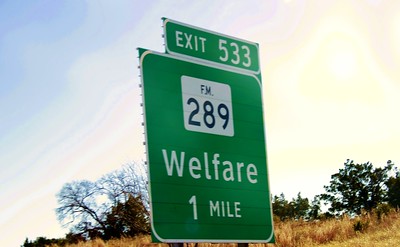Last week, the Michigan Association of United Ways (MAUW) released a new report about poverty in Michigan. In it, report authors claim that nearly half of Michigan’s children live in poverty. Equally shocking, nearly one-quarter of Michigan children live with two working parents in Asset-Limited, Income-Constrained, Employed – ALICE households.
Poverty is a very real concern, even in “rich communities.” Poverty – especially among the working poor – leads to housing insecurity, intermittent healthcare and education access, and unreliable Internet availability. While access to the Internet may seem like a very “first-world problem,” the pandemic has forced schools at all levels to rely on it to deliver educational content. When children do not have access to the Internet, they cannot maintain educational progress.
In Washtenaw County, 31% of households fell below the ALICE threshold in 2019. Twelve percent of total households fell below the federal poverty line, while 19% met the definition of ALICE. That is, all adults in the home were working, but did not generate enough income collectively to meet the household’s basic needs.
So, what does an ALICE household in Washtenaw County look like? Poverty and ALICE status closely correlate to the age of the head-of-household. In households headed by persons under the age of 25, 71% qualify as ALICE households. Nearly half of these households fall below the federal poverty line. This is the mirror-opposite of Washtenaw County as a whole.
Among households headed by persons between 25-44, the picture flips again. In this age group, 71% of households are above the ALICE threshold. Among households headed by persons 45-65, 77% exceed ALICE thresholds. Among householders sixty-five and up, 72% exceed the ALICE threshold.
Eliminate the source of ALICE households
In Washtenaw County’s case, poverty and near-poverty concentrate in households headed by young adults (WCC’s target demographic). But age is not the only predictor of poverty. Sixty percent of Washtenaw County households headed by women with children fall under ALICE thresholds. Comparatively, 53% of households headed by men with children meet ALICE guidelines for poverty or functional poverty.
Community colleges have an impact on the number of ALICE homs in Washtenaw County. It can either be positive or negative. By offering degree programs in high demand fields and eliminating programs that do not produce a living wage, community colleges can increase the number of households above the ALICE threshold. Conversely, by developing or retaining academic programs that lead to low-wage jobs, the community college facilitates the increase of ALICE households.
If the community college wants to contribute to the economic prosperity of Washtenaw County, it will eliminate all academic programs (credit and non-credit) that lead to low wage jobs. Acting in any other way will merely create and sustain more poverty and near-poverty households in Washtenaw County.
We did not build a community college here so that it could generate near-poverty households or supply cheap labor. As a community, we should not tolerate elected officials who do not direct the community college administration to eliminate economically non-viable credit and non-credit programs.
Photo Credit: Bradley Gordon , via Flickr
















